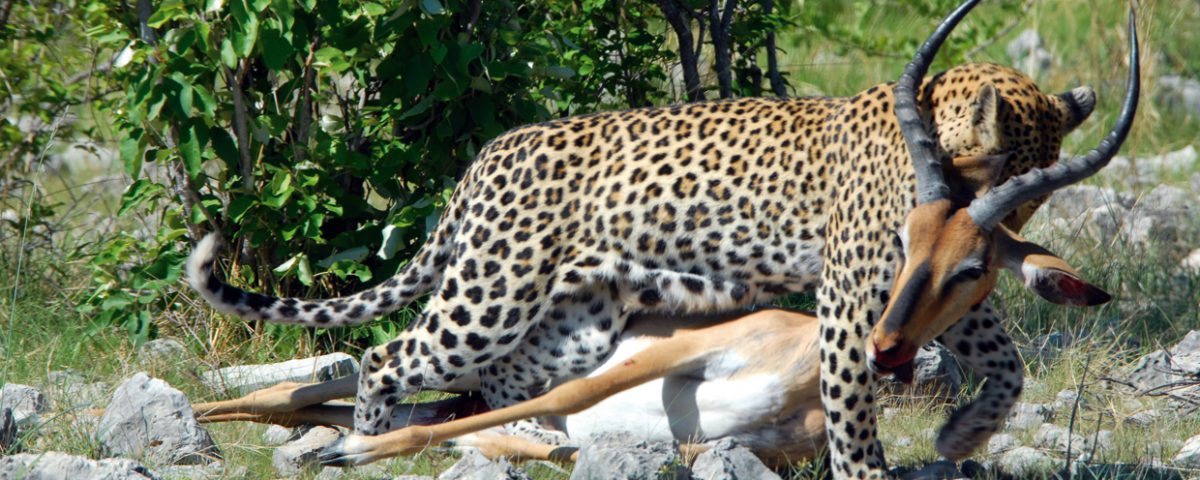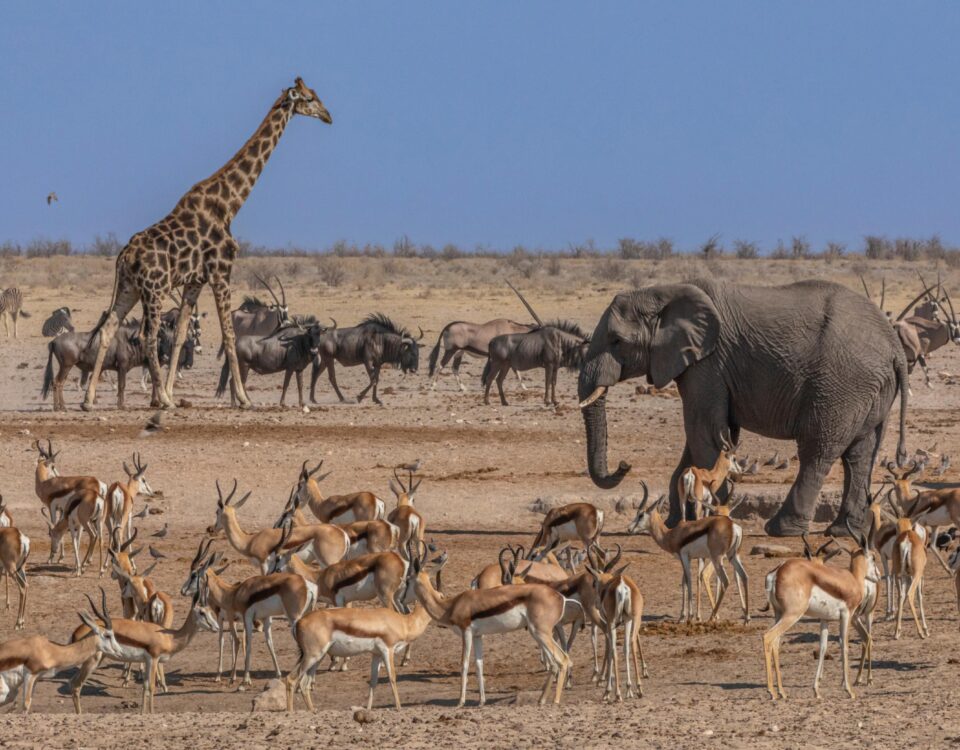Main photo ©Dirk de Bod

Trophy hunting creates value for wildlife
July 11, 2016
Hunting dangerous game in remote places
July 29, 2016If we want to succeed in saving living space for large and potentially dangerous animals, pragmatic concepts are in need. In these, sustainable hunting would have to play an important role, as it not only assigns direct tangible value to wildlife, but also is a way to dispose of dangerous problem animals in a professional way – and this at times is dangerous enough. Text Kai-uwe Denker
T he destruction and displacement of unspoilt nature is one of the prominent topics of our time. A large part of humanity feels the burning desire to experience original nature. As truly intact natural areas have virtually disappeared in the industrialized countries, tourism into those countries where true wilderness is still to be found, plays an important role. The tourist visiting such areas, however, does not realize what living in wilderness areas actually entails, when he participates in the discussion around concepts to protect unspoilt nature. In actual fact many decisions in this regard are taken around boardroom tables, far removed from the people living with wildlife. In such discussions, the pros and cons of regulated hunting play a prominent role. It seems that we have forgotten that the law of hunter and hunted are unalterable part of nature.
When some time ago a brown-bear appeared on old paths in Germany, the poor, potentially dangerous animal found itself for weeks in the headlines of the local press and – in the end – was killed nevertheless.
In Africa’s rural areas, virtually daily, local populations have to come to terms with several animal species that are not only a threat to agricultural activities, but actually can represent a deadly danger to humans. In Namibia, year in and year out, fatal accidents with wild animals happen, mostly with elephants, crocodiles and hippos, less often with lion, leopard and buffalo.

These incidents are but a small example with wild animals, which in one way or another occur almost weekly in the wilds of Africa. Local populations are growing and the space for wild animals is continuously shrinking.
Over the years some dramatic incidents of this kind have imprinted themselves in my memory.
On the occasion of a barbeque with friends, a civil servant from Katima Mulilo in the Caprivi, was sitting on the banks of the Zambezi river, his feet leisurely stretched towards the waters edge, when the foreparts of a huge crocodile exploded from the apparently peaceful ripples of the big river, grabbed the unfortunate man at the feet, dragged him into the water, and disappeared with its victim in the river, which moments later continued flowing peacefully as if nothing had happened.
Also on the Zambezi river in the Caprivi strip, a tourist couple (a German woman with her American boyfriend) were paddling in a very light boat, when they noticed a few hippos, which were sunning themselves peacefully on the water’s surface. To enjoy the idyllic scene nearby, the couple rowed closer towards the animals, not noticing that a hippo bull silently submerged and came towards them. This the horrified tourists only realised, when the gaping mouth of the hippo appeared in the clear water underneath their little craft and seconds later clenched the boat and its occupants amidst the seething surface of the river. Although the two could make it to a little island, the woman bled to death a short while later from the horrible wounds, which the huge teeth of the hippo had ripped into her lower body.
Late one morning in 2008, a San was on his way towards a neighbouring village in Bushmanland in North-eastern Namibia, to visit some family members. He had almost reached his destination along a narrow footpath and in fact was already in hearing distance of the village, most likely could hear the chatter of the women and the laughter of the playing children inside, when, in turning a bend, he came face to face with a big bull elephant. The elephant, which probably felt driven into a corner, caught between the village and the oncoming pedestrian, immediately charged, while the unfortunate man turned to run, after a short while, however, was overtaken by the aggressive beast and trampled into a horrible pulp.
A farmer in northern Namibia, after several attempts, eventually caught a cattle-raiding leopard in a gin-trap. When following the big cat, accompanied by one of his employees, he was suddenly attacked by the infuriated leopard, which sprang onto him and mauled him badly. The farmer, for the time being, abandoned the pursuit of the leopard, which had disappeared into the bush again after his lightning attack. Before leaving for hospital, he phoned his brother on a neighbouring farm and requested him to despatch the cattle-raider with the assistance of the farm worker. Again the two men where taken by surprise by the leopard, which this time sprang onto the farm worker and mauled him fatally, before the farmer was able to come to his assistance and shoot the big carnivore.
The farmer was so upset by the dramatic happenings that a short time later, he died from a heart attack.
A small choice of tragic accidents with wild animals, which in one way or another, occur almost weekly in the wilds of Africa. Local populations are growing and the space for wild animals is continuously shrinking. The African lion for example is rapidly on its way to joining the current list of endangered species, species that are endangered – not because of being hunted – no, because its habitat is disappearing and it therefore comes into constant conflict with cattle breeders and other humans.
This article was first published in the HUNTiNAMIBIA 2013 issue.


